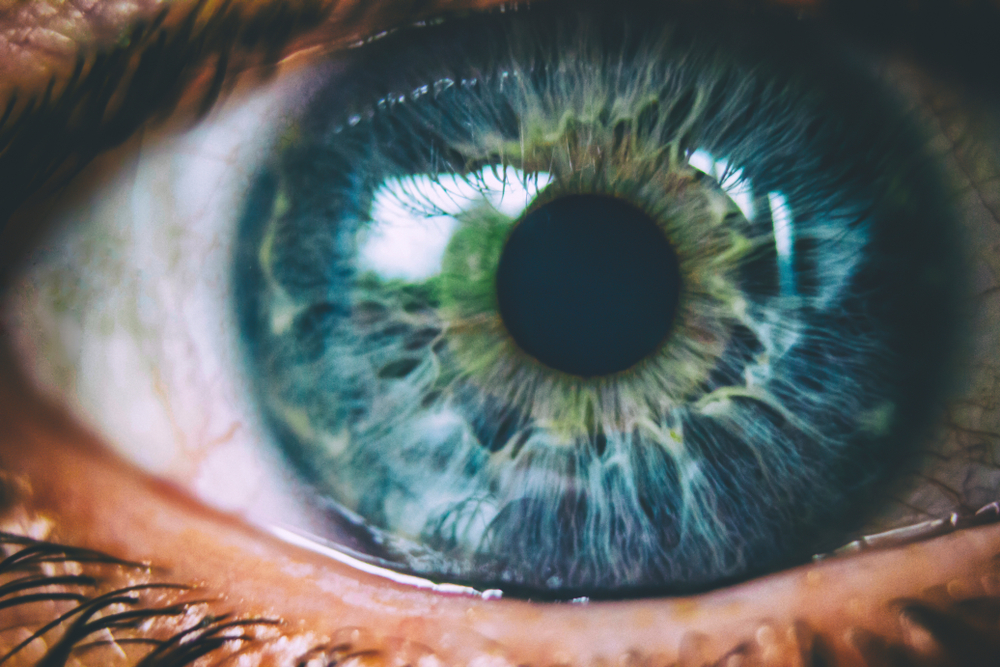
Imagine losing your sight and being told that the only way forward involves invasive surgery, genetic modification, or prosthetic implants that deliver only fragments of vision. Now, imagine instead that your sight could be restored with a simple injection of gold and a pair of high-tech goggles. What sounds like science fiction is quickly becoming scientific fact. Researchers at Brown University have discovered a method of restoring sight using gold nanoparticles microscopic rods of the same element that humans have revered for millennia.
Gold has long been more than just a metal. Ancient Egyptians associated it with eternity, alchemists with transformation, and countless spiritual traditions with enlightenment. Now, in a twist of destiny, this timeless element is being rediscovered as a literal source of light and vision. Science is taking gold from symbol to medicine, uniting the ancient dream of illumination with the modern drive to heal.
This discovery could transform the lives of millions who suffer from retinal degeneration, bridging the gap between advanced biotechnology and timeless spiritual symbolism. The merging of these two realms science and spirit creates a narrative both deeply human and deeply hopeful: the restoration of sight as a union of biology, technology, and meaning.
The Science of Sight
At the back of every human eye lies the retina a delicate sheet of neural tissue responsible for converting light into the language of the brain. Photoreceptor cells known as rods and cones normally do the heavy lifting, detecting light and translating it into electrical signals. But in diseases like age-related macular degeneration (AMD) and retinitis pigmentosa (RP), these photoreceptors deteriorate, plunging patients into blindness.
Crucially, deeper retinal neurons like bipolar and ganglion cells often survive. These cells remain intact, sitting quietly, waiting for signals they no longer receive. The Brown team asked: what if we could skip the damaged photoreceptors entirely and activate the cells that remain functional? If the eye is a symphony, could we bypass the broken violins and let the remaining instruments play again?
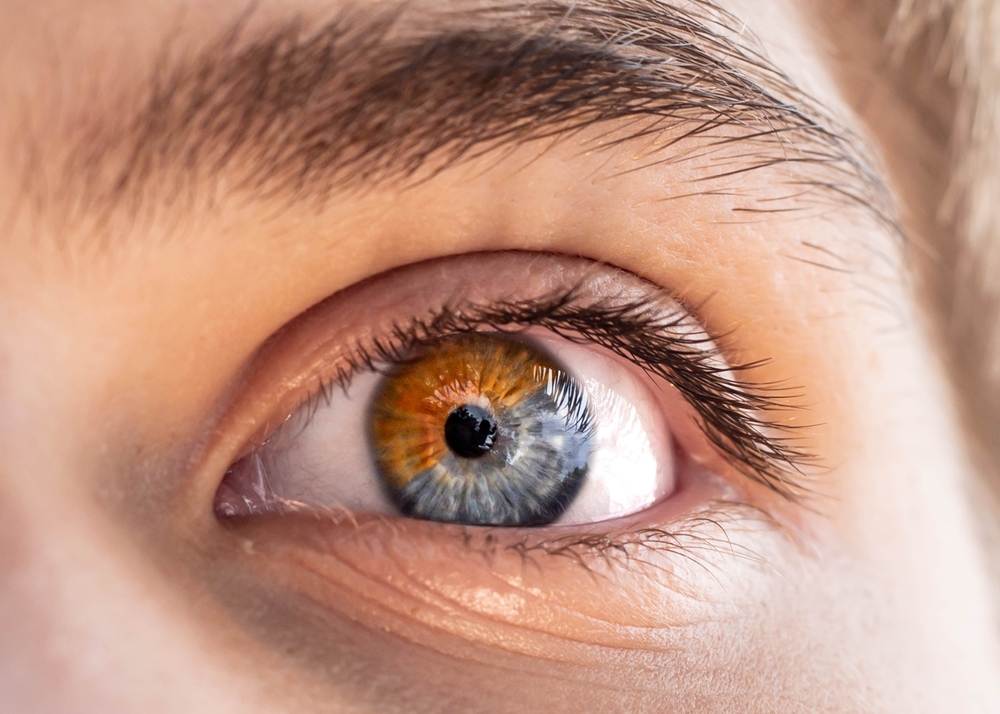
Enter gold nanoparticles. These ultra-fine rods, thousands of times thinner than a human hair, can be engineered to absorb near-infrared (NIR) light. When struck, they transform that light into localized heat or electrical-like stimulation, exciting nearby retinal neurons. Injected into the eye, they effectively act as artificial photoreceptors, bypassing the damaged ones.
Animal studies have shown extraordinary promise. Mice injected with gold nanorods responded to NIR light projected through specialized goggles. Their pupils constricted, their movements suggested recognition of shapes, and neural imaging confirmed activation in the brain’s visual cortex. Even better, the nanoparticles remained stable for months without inflammation or toxicity. What once seemed an impossible dream restoring sight with light and gold is now unfolding as tangible reality.
Why Gold Works

Gold is not chosen by accident. Its physical and chemical properties make it nearly perfect for bioengineering. It is biocompatible, stable in the body, and highly efficient at converting light into usable energy. This efficiency stems from a property called plasmonic resonance, where electrons on the nanoparticle surface oscillate in harmony with incoming light, amplifying the energy and making it available to nearby cells.
Unlike silicon chips or electrode arrays, gold does not corrode in biological environments. It remains stable, non-toxic, and reliable. This is vital when designing a therapy meant to persist inside the delicate tissues of the eye for years at a time. In effect, gold offers both strength and gentleness the resilience of a noble metal with the subtlety of light.
The effectiveness of gold means more than just restored vision it could offer better vision than current implants. Unlike electrode-based prosthetics limited to narrow fields of view, gold nanoparticles disperse across the retina, enabling broad-field vision. Since they respond to light outside the visible spectrum, they can restore sight without interfering with any natural vision that remains.
Beyond Surgery: A Paradigm Shift
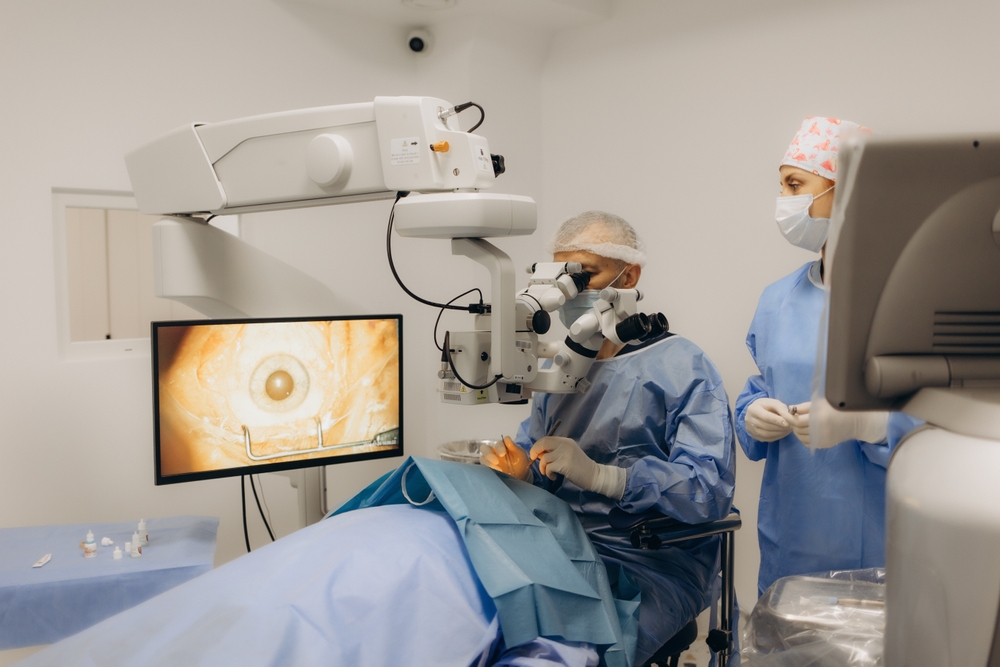
The nanoparticle method contrasts sharply with existing treatments. Traditional retinal prosthetics involve implanting microelectrodes into the eye a complex, invasive, and expensive procedure that yields low-resolution imagery. Gene therapy and stem cell transplants hold promise but face challenges of precision, safety, and accessibility.
By comparison, the gold approach is simple. It requires only an injection, followed by goggles equipped with infrared lasers. These goggles translate environmental light into infrared patterns projected into the retina. The nanoparticles respond, the neurons fire, and the brain receives images once more. It’s elegant, minimally invasive, and adaptable.
In this sense, the therapy echoes holistic philosophies: work with what remains functional, rather than forcefully repairing what is broken. It is a treatment that amplifies what is still alive within the body, creating new pathways instead of replacing old ones. This approach feels less like surgery and more like an activation of latent potential. It also suggests a symbiotic relationship between body and technology, hinting at futures where human senses are extended rather than merely restored.
Symbolism of Golden Sight
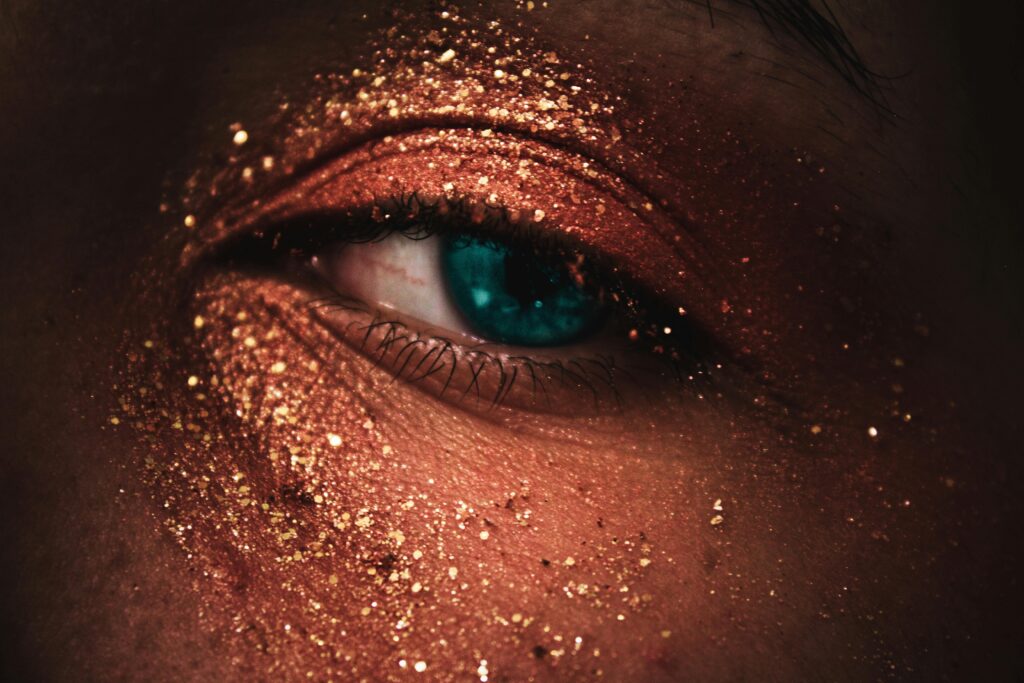
That gold the ancient metal of gods and kings might be injected into the eye to restore vision is not only a medical breakthrough but a symbolic one. Across cultures, gold has represented illumination, clarity, and divine perception. In Hinduism, golden light embodies spiritual consciousness; in Christianity, saints are haloed with radiant gold; in alchemy, turning lead into gold symbolized the refinement of the soul.
Blindness itself carries symbolic resonance often associated with prophecy, wisdom, or inner sight. Think of Tiresias, the blind prophet of Greek myth, or the countless stories where blindness is linked with deepened inner awareness. To restore sight with gold is to weave myth and science together, bridging the sacred and the medical. It is both a literal and metaphorical alchemy: the transformation of darkness into light, despair into hope.
Injecting gold into the retina becomes more than a medical act it becomes a ritual of healing, a symbolic union of body and spirit. In this, the therapy invites reflection not only on vision but on perception itself. Seeing is more than detecting photons; it is an act of consciousness, an opening of awareness. Gold, the universal symbol of enlightenment, becomes the medium through which awareness is reawakened.
Challenges Ahead
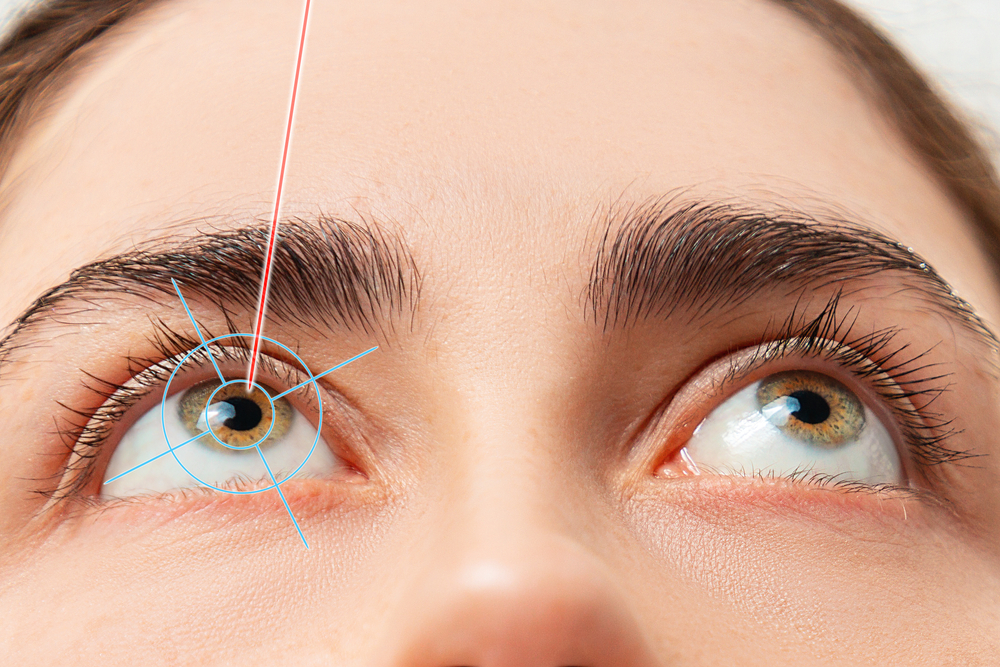
Despite the excitement, hurdles remain. Human eyes are not mice eyes, and scaling this technology requires rigorous testing. Questions linger: will nanoparticles remain safe long-term? How will the brain adapt to signals it has never processed before? What kind of visual experience will patients have will they perceive full color, shape, and depth, or only fragments?
Regulators will need convincing evidence of safety. Clinical trials will need to assess long-term immune responses, the durability of nanoparticles, and the subjective experiences of patients. Sight is not simply a binary of blind or seeing it is a spectrum of clarity, detail, and quality. Restoring functional vision for daily life will be the true test.
Yet optimism remains strong. Intravitreal injections are already routine in ophthalmology, performed daily for conditions like glaucoma and macular degeneration. The infrastructure for delivery exists. The question now is whether gold can move from laboratory promise to clinical practice without unforeseen complications.
The Golden Future of Vision

Looking further, gold nanoparticle therapy may not only restore but enhance human sight. Imagine goggles shrinking into contact lenses, or micro-lasers implanted seamlessly. Infrared or ultraviolet perception could extend our visual range, allowing us to see what evolution never granted. Soldiers could see in darkness, artists could perceive unseen colors, and ordinary people could explore new realms of experience.
This moves the discussion into the territory of transhumanism the idea that technology can expand human potential beyond its biological limits. Gold-based vision could not only cure blindness but open perception beyond what natural selection ever intended. Just as telescopes expanded our view of the cosmos and microscopes revealed invisible worlds, golden sight may reveal dimensions of reality hidden in wavelengths of light we cannot yet perceive.
Such possibilities provoke profound questions. If we expand sight, do we expand consciousness itself? Will seeing more mean knowing more? Or will it simply shift the boundary of mystery further outward? Just as ancient cultures viewed gold as the substance of gods, perhaps the new golden eyes will grant us godlike perception.
Gold as a Bridge Between Science and Spirit

From ancient tombs to modern labs, gold has always carried the promise of light. Today, that promise is being realized not as ornament or currency, but as medicine. Injected into the eye, gold nanoparticles awaken dormant pathways, bypassing blindness with elegance and brilliance.
This discovery demonstrates the uncanny ability of science to echo myth, to fulfill dreams that have haunted human imagination for millennia. Gold as a symbol of illumination has now become gold as an agent of literal light perception. In this convergence, the boundaries between science and spirituality blur, and we are reminded that human knowledge is always layered with meaning.
The telescope once revolutionized our vision of the stars; now, golden eyes may revolutionize our vision of the world directly before us. Both serve as metaphors and realities of expanded sight reminders that perception is always evolving, always reaching toward greater clarity.
Restoring Sight, Restoring Meaning
From ancient tombs to modern laboratories, gold has always carried the promise of light. Today, that promise is being realized not as ornament or currency, but as medicine. Injected into the eye, gold nanoparticles awaken dormant pathways, bypassing blindness with elegance and brilliance.
The science is groundbreaking, but its resonance goes deeper. Restoring sight with gold invites us to reconsider not only how we see, but what it means to see. Vision is both a biological process and a metaphor for awareness, clarity, and consciousness. When science and spirituality converge on the same symbol, something profound is happening.
A golden age of vision may soon dawn one where blindness is no longer permanent, where technology dances with myth, and where gold once again illuminates the path between matter and meaning. Whether this future brings restored sight, expanded sight, or simply a renewed appreciation for the miracle of perception itself, one thing is certain: the age-old dream of golden vision is no longer fantasy. It is science, and it is coming into focus.
Loading...

